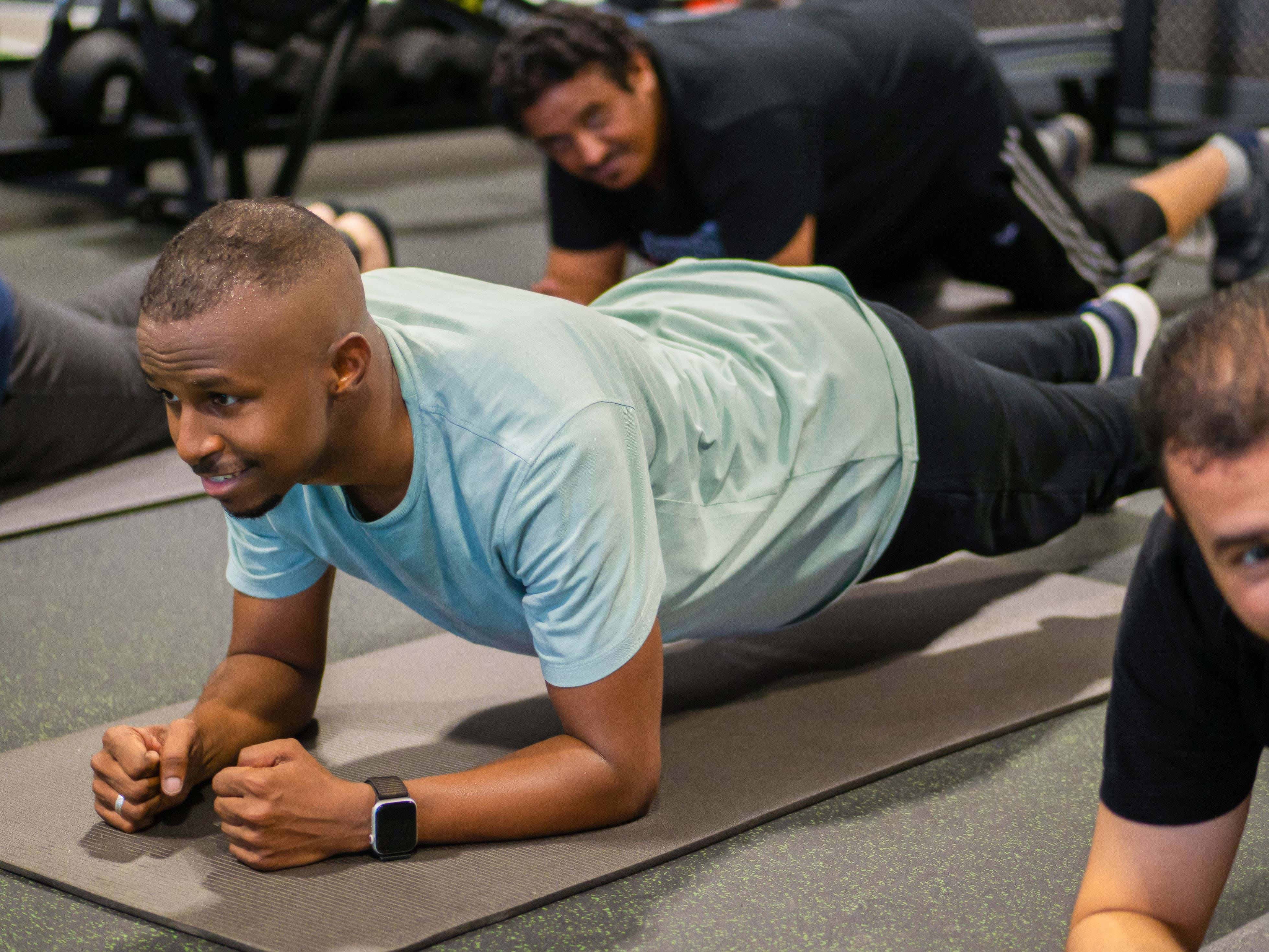What is the Optimal Time to Hold a Plank for Maximum Benefit?

Plank exercise benefits are numerous, and this exercise has become increasingly popular in recent years due to its effectiveness in building core strength, improving posture, and reducing the risk of back pain. However, many people wonder what the optimal time is to hold a plank for maximum benefit. In this article, we will explore the benefits of the plank exercise and discuss the ideal time to hold a plank for maximum benefit.
What is a Plank?
Before we delve into the optimal time to hold a plank, let's first define what a plank is. A plank is a bodyweight exercise that involves holding a push-up position while keeping your body in a straight line from your head to your toes. The basic plank is performed on your forearms and toes, with your elbows under your shoulders and your palms facing down. The exercise can also be performed on your hands, which is known as a high plank.
Plank Exercise Benefits
The plank exercise has numerous benefits, making it a popular exercise among fitness enthusiasts. Some of the benefits of the plank exercise include:
Builds Core Strength: The plank is an excellent exercise for building core strength, as it targets the muscles in your abdominals, back, and hips.
Improves Posture: Holding a plank can help improve your posture, as it strengthens the muscles in your back and shoulders.
Reduces Back Pain: A strong core can help alleviate back pain by providing support to the spine and reducing pressure on the lower back.
Enhances Flexibility: The plank can help enhance flexibility in your hamstrings, shoulders, and arches of your feet.
What is the Optimal Time to Hold a Plank?
The optimal time to hold a plank depends on your fitness level and experience with the exercise. Beginners should start with shorter holds and gradually increase their time as they get stronger. Here are some guidelines for optimal plank hold times:
20-30 Seconds: Beginners should start with a 20-30 second hold and gradually work their way up to longer holds.
45-60 Seconds: Intermediate-level exercisers can aim for a 45-60 second hold to challenge their core and improve their endurance.
90 Seconds or More: Advanced-level exercisers can aim for a 90-second hold or longer to really push their core strength and endurance.
It's important to note that holding a plank for longer periods of time doesn't necessarily mean you'll see more benefits. It's better to focus on proper form and technique during the exercise to ensure you're engaging the correct muscles.
Forearm Plank vs. High Plank
There are two main variations of the plank exercise: the forearm plank and the high plank. Both variations target the same muscles but differ in the level of difficulty and the muscles used to maintain the position.
Forearm plank: The forearm plank is performed on your forearms and toes, with your elbows under your shoulders and your palms facing down. This variation is slightly easier than the high plank, making it a good option for beginners.
High plank: The high plank is performed on your hands and toes, with your arms fully extended and your palms flat on the ground. This variation is more challenging and requires more upper body strength than the forearm plank.
In conclusion, the plank exercise is an effective exercise for building core strength, improving posture, and reducing back pain. The optimal time to hold a plank varies based on your fitness level, but beginners should start with a 20-30 second hold and gradually work their way up. Remember to focus on proper form and technique during the exercise to ensure maximum benefit.